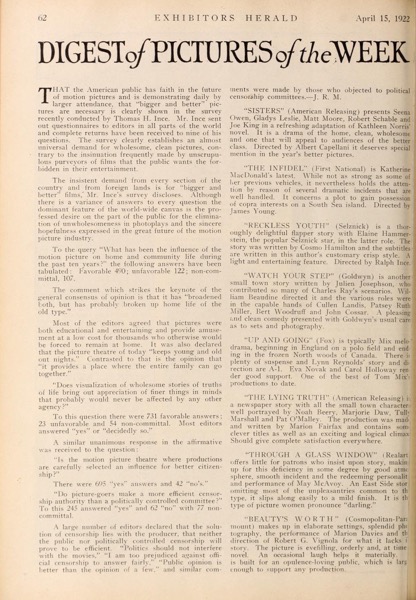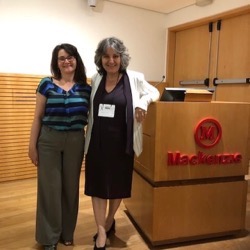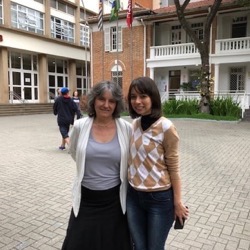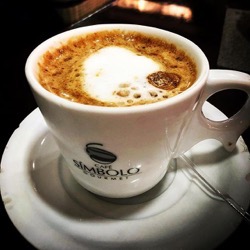Months of research went into the creation of the essays in “When Women Wrote Hollywood.” Here are some of the resources used to enlighten today’s film lovers to the female pioneers who helped create it.
Women Filmmakers in Early Hollywood explores when, how, and why women were accepted as filmmakers in the 1910s and why, by the 1920s, those opportunities had disappeared. In looking at the early film industry as an industry―a place of work―Mahar not only unravels the mystery of the disappearing female filmmaker but untangles the complicated relationship among gender, work culture, and business within modern industrial organizations.
In the early 1910s, the film industry followed a theatrical model, fostering an egalitarian work culture in which everyone―male and female―helped behind the scenes in a variety of jobs. In this culture women thrived in powerful, creative roles, especially as writers, directors, and producers. By the end of that decade, however, mushrooming star salaries and skyrocketing movie budgets prompted the creation of the studio system. As the movie industry remade itself in the image of a modern American business, the masculinization of filmmaking took root.
Mahar’s study integrates feminist methodologies of examining the gendering of work with thorough historical scholarship of American industry and business culture. Tracing the transformation of the film industry into a legitimate “big business” of the 1920s, and explaining the fate of the female filmmaker during the silent era, Mahar demonstrates how industrial growth and change can unexpectedly open―and close―opportunities for women. — Amazon
Buy “When Women Wrote Hollywood” Today!
Paperback Edition | Kindle Edition | Google Play Edition
Help Support Local Bookstores — Buy at Bookshop.org
* A portion of each sale from Amazon.com directly supports our blogs
** Many of these books may be available from your local library. Check it out!
† Available from the LA Public Library
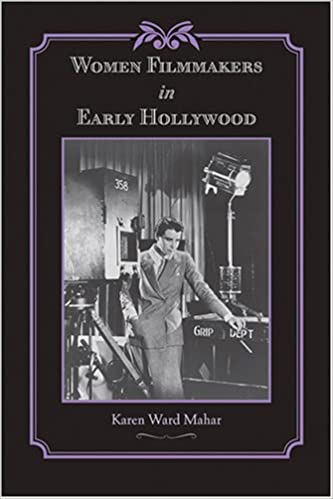
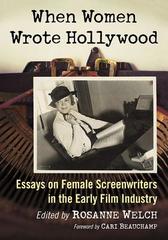
![Screenwriter Jennifer Maisel from The March Sisters at Christmas, and Tempting Fate from the How I Wrote That Podcast [Audio]](https://rosannewelch.com/wp-content/uploads/2019/08/hiwt-stephens-logo-1-1.png)
![Screenwriter Jennifer Maisel from The March Sisters at Christmas, and Tempting Fate [Audio]](https://rosannewelch.com/wp-content/uploads/2020/07/MFA-program-Jennifer-Maisel.png)
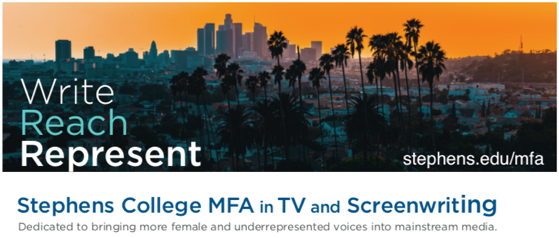



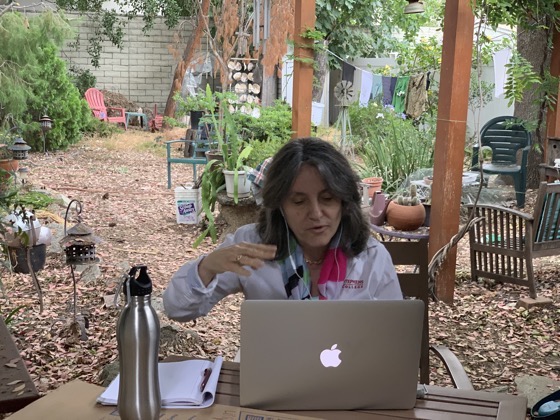
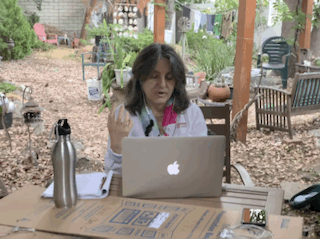

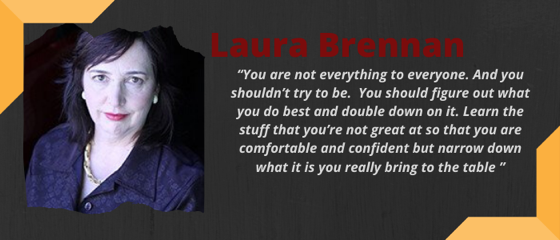
![2020 Jan Marino Scholarship to Stephens MFA in TV and Screenwriting Announced at SeriesFest [Video]](https://rosannewelch.com/wp-content/uploads/2020/06/seriesfest-jan-marino.jpeg)


